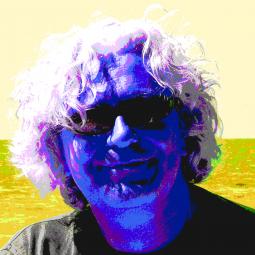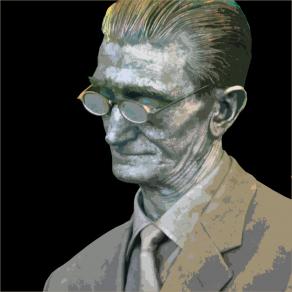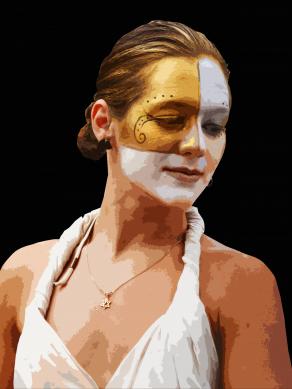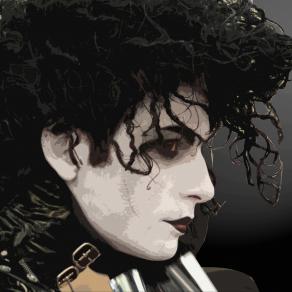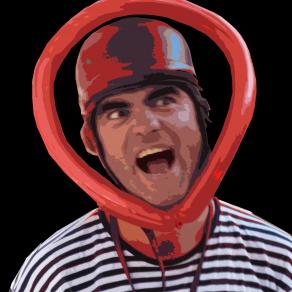Probably the advent of photography, able to represent reality with absolute fidelity, he freed, as far as the portrait, contemporary artists from the academic stylistic rules: the portrait as an expression of artistic figurative representation has become over the centuries, even if gradually, more and more anti-naturalistic, until it became essential for the artist to be able to grasp the character or psyche of the individual rather than the outward appearance, just as already many centuries ago Aristotle had stated: "The purpose of art is to present not the outward appearance of things, but their inner meaning: because is this and not the way or the exterior detail which is the true reality"
In the history of art, almost all the great masters have dedicated themselves to portrait (Piero della Francesca, Antonello da Messina, Sandro Botticelli, Leonardo da Vinci, Tiziano, Raffaello ...)
In the second half of the nineteenth century, Henri de Toulouse-Lautrec he specialized in portraits of theater artists of the time and of prostitutes, with depictions extraordinarily attractive to the technique used and the colors, but especially for his ability to capture the character of the people.
Choosing a particular attitude to capture, a gesture, an expression, means trying to peer into the character of the person portrayed and art history has bequeathed to us countless examples of works that have achieved extraordinary psychological effects, starting from the emblematic Mona Lisa by Leonardo, to the prostitutes of Toulouse Lautrec, or Marilyn from Andy Warhol.
My research is to explore and propose the exasperation of reality in the portrait, the various effects and expressions that characterize a human face.
My favorite characters are the street performers and what interests me is a '"snapshot" of the subject in action, the depiction of facial features and the search of the expression that characterizes him.
News
celeste,
